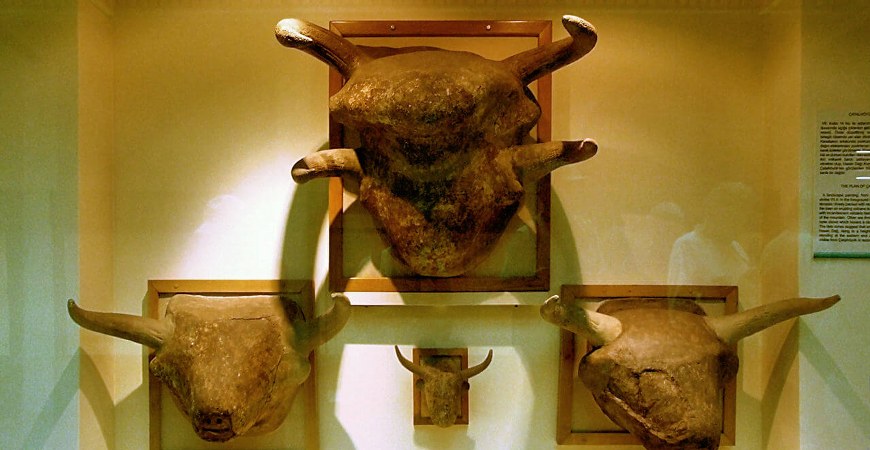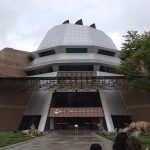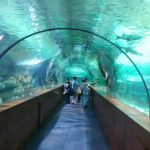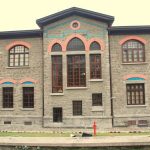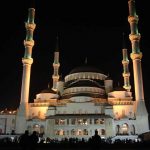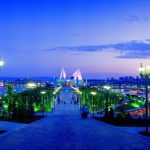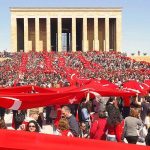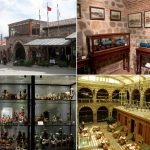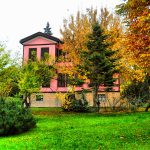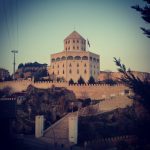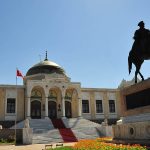THE MUSEUMS OF ANKARA
Museums were founded in Ankara when the Republic was established. Ataturk, who attached great importance to the study of Turkish history, and to the gathering and classification of Turkish cultural and artistic works, first issued directives to establish a National Museum and a Hittite Museum in Ankara, and in 1925 construction of the Ethnographic Museum began. After the Ethnographic Museum was opened in 1928, works from the pre-Hittite and Hittite periods began to be collected, and the Mahmud Pasha Bazaar close to the walls of Ankara Castle and the Kursunlu Caravanserai was repaired and became the Hittite Museum. Later this museum was re-named the Ankara Archaeology Museum, and in 1967 was again reorganized and opened as the Museum of Anatolian Civilisations.
The Museum of Anatolian Civilisations:
The Mahmud Pasha Bazaar which houses the Ankara Museum of Anatolian Civilisations was constructed from 1464 – 1471 by the prime minister of Fatih Sultan Mehmed, Mahmud Pasha. A large 10 domed hall resting on four columns is used as the exhibition hall of the Museum, the shops which used to surround the hall having been pulled down, with the exception of five on the west side. The site of the other shops has been turned into exhibition rooms. The Kursunlu Caravanserai which has three stories, and is adjacent to the Bazaar is of the same period. The museum store rooms are on the ground floor. On the second floor of the colonnaded courtyard are a laboratory, storerooms and workshops, and on the third floor the administrative offices of the museum, a library, and a conference hall.
The works on display in the exhibition rooms are divided into two sections. The central domed hall contains stone objects, and the side rooms the smaller findings. The stone objects are arranged as they were found, and the archaeological findings according to chronological order.

